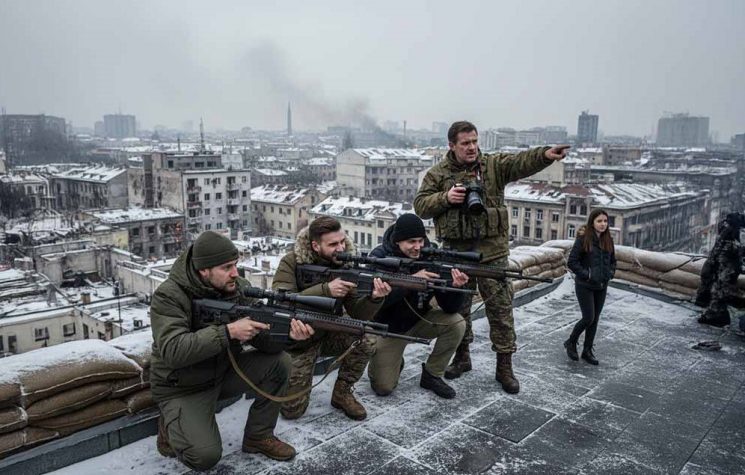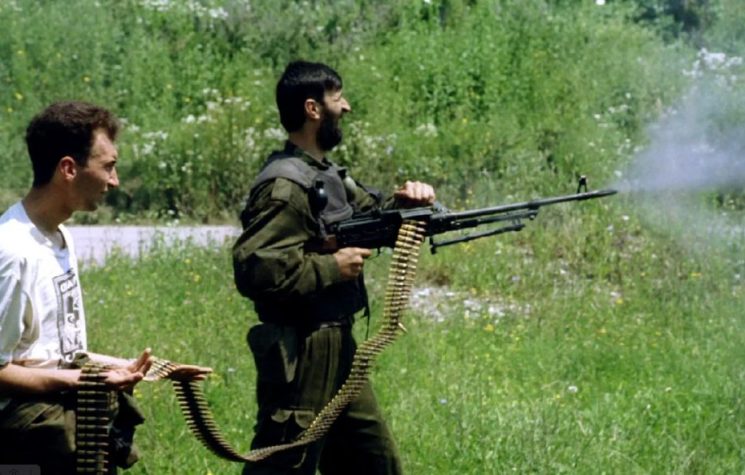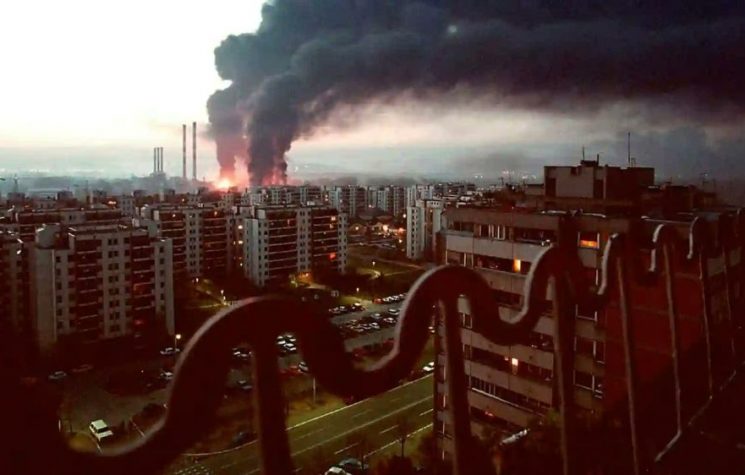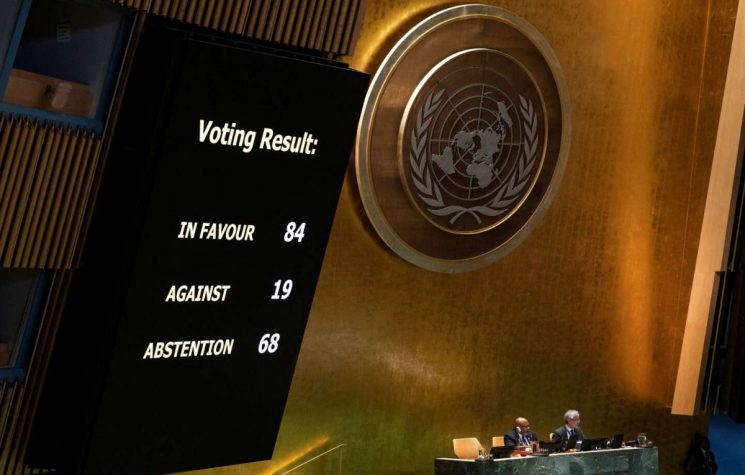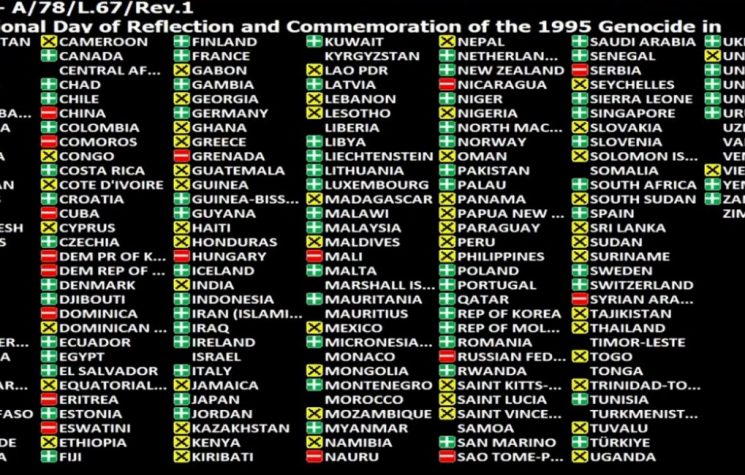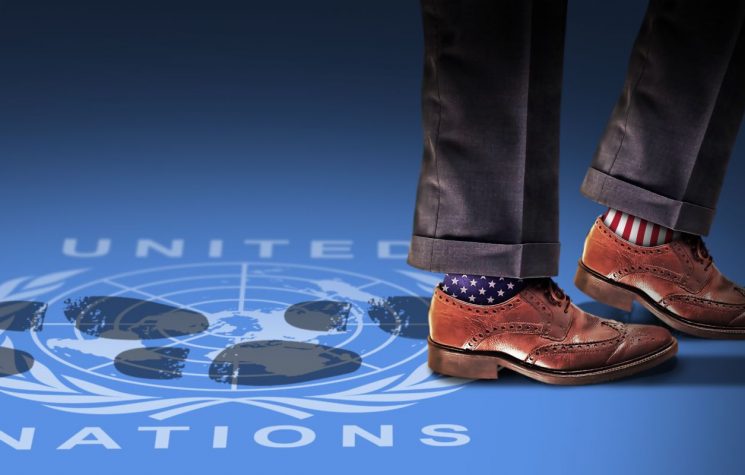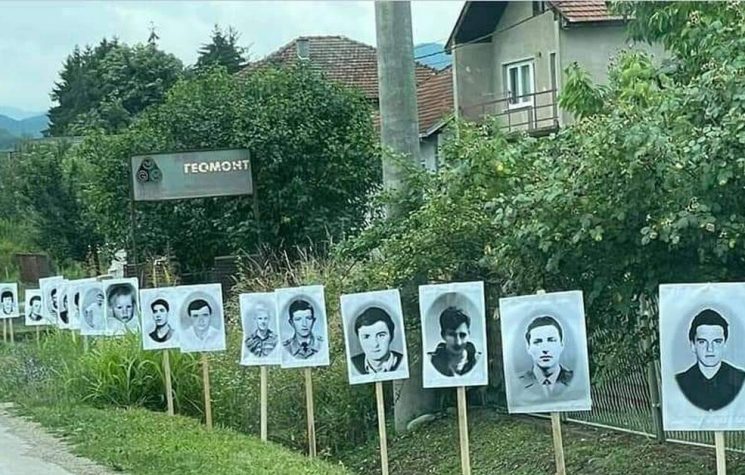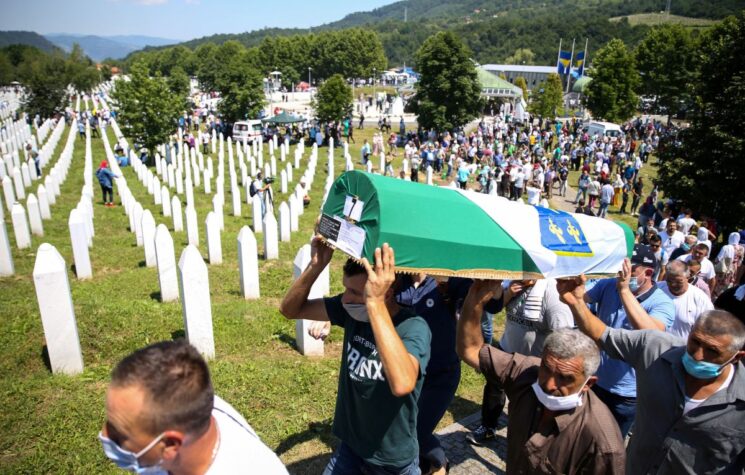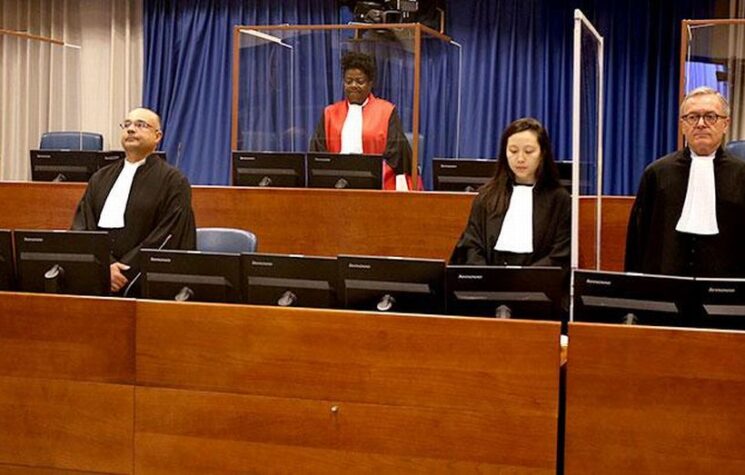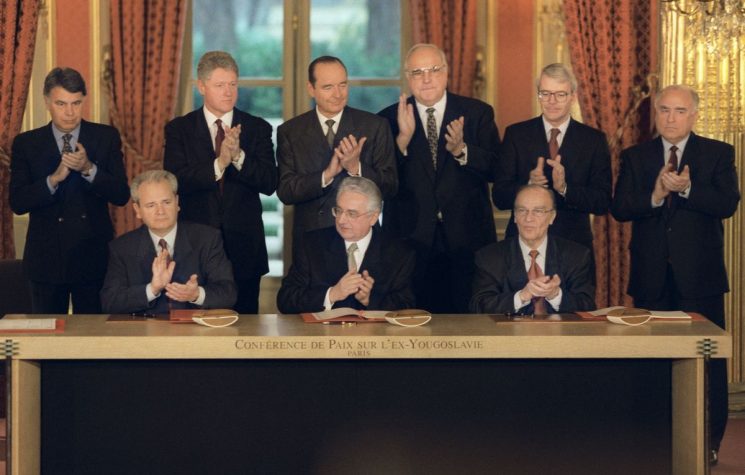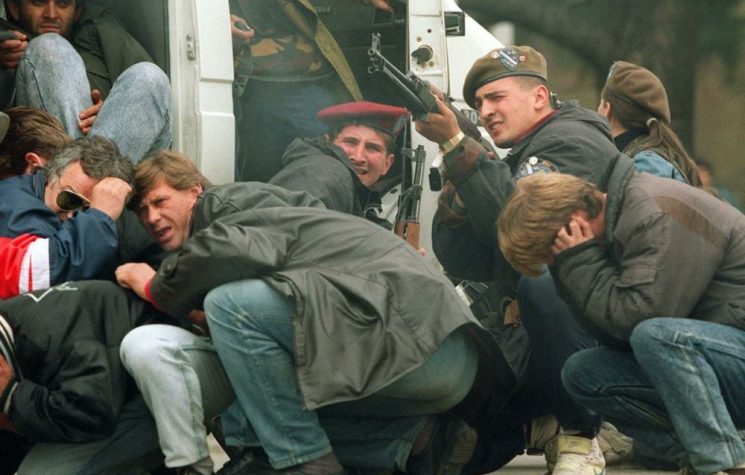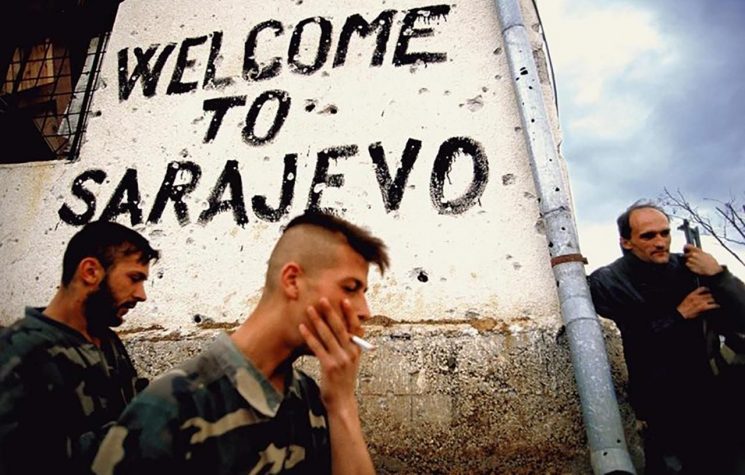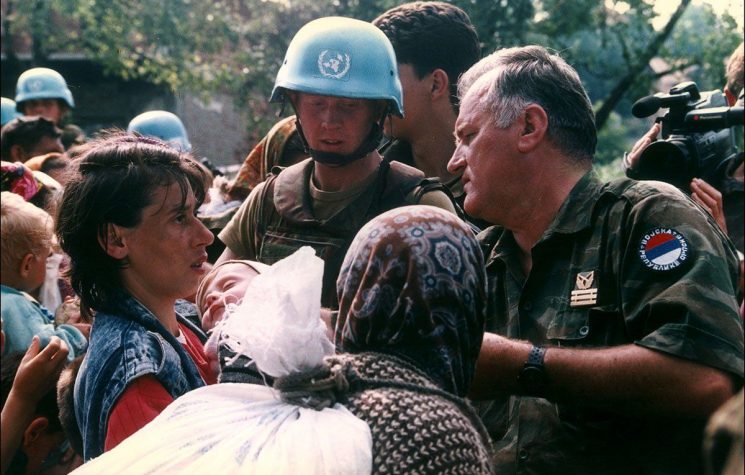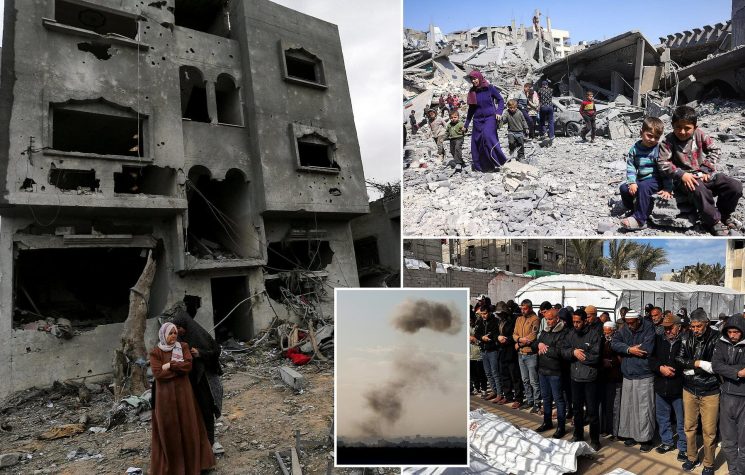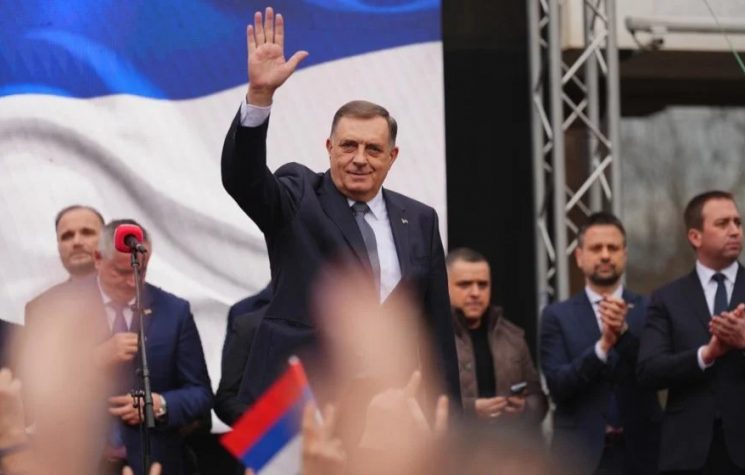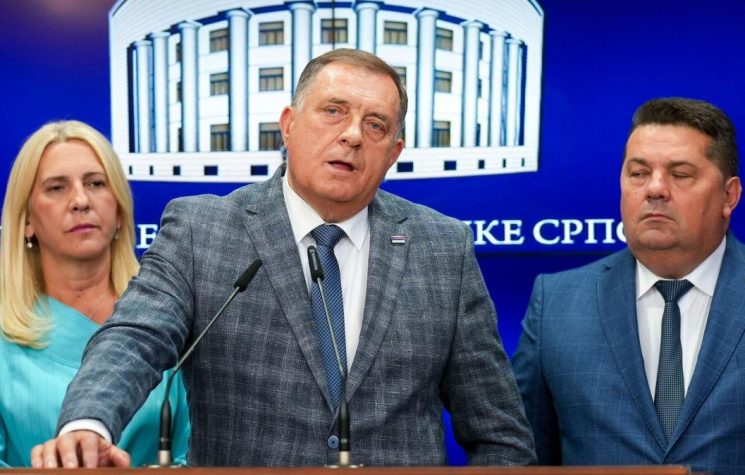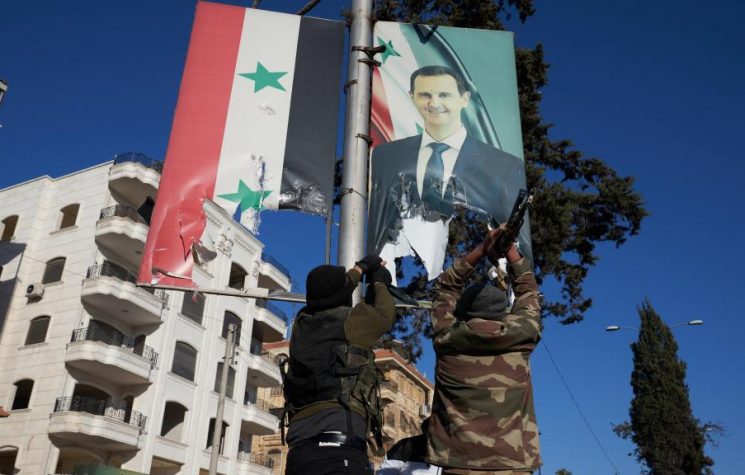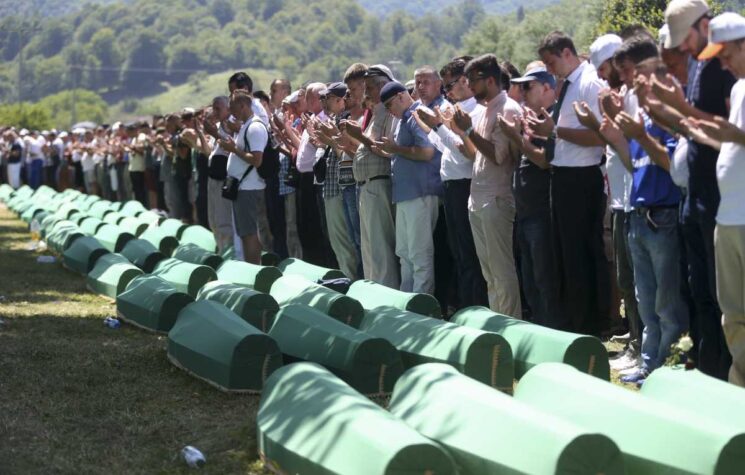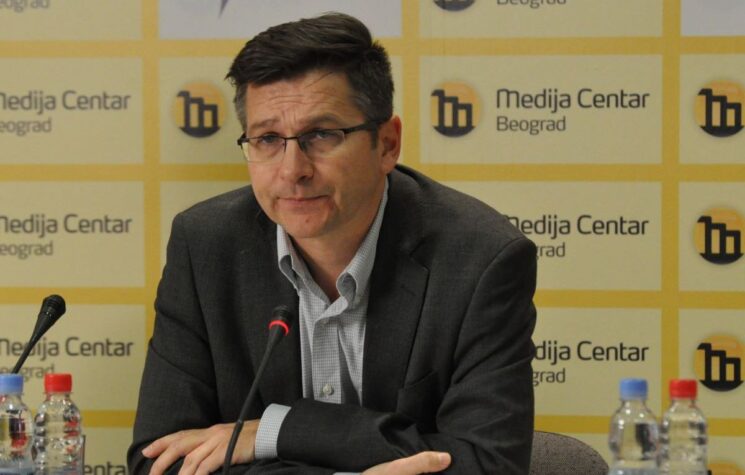Churchill’s famous dictum about the Soviet Union, that it was “a riddle, wrapped in a mystery, inside an enigma,” is arguably just as applicable to Srebrenica. July 11 this year will be the twenty-fifth anniversary of that landmark event of the Yugoslav wars which the late Prof. Edward Hermann, speaking somewhat less poetically than Churchill, had called “the greatest triumph of propaganda at the close of the twentieth century.”
Whether we choose to view Srebrenica as a criminal investigation to sort out who and at whose direction executed prisoners of war, or as a political provocation to lay the groundwork for chronic instability in the Balkans and furnish a plausible rationale for Western interventionism under the guise of the Right to Protect doctrine, or both, a quarter of a century later we still do not have answers to even the most fundamental questions about it.
We cannot draw any settled, factual conclusions about who ordered prisoner executions (never mind the real number of victims, which even at a more realistic eighth of the inflated and now politically correct figure is appalling enough), or why, even though the prisoners would have been vastly more useful to the Serbian side if exchanged for Serb POWs instead of being uselessly shot, nor do we even know who the actual executioners might have been. Oddly, for what under the aegis of the Hague-based International Criminal Tribunal for the Former Yugoslavia (ICTY) should have been a proper criminal investigation, very little solid data has emerged. With the glaring exception of a murky individual by the name of Dražen Erdemović, a single, self-confessed executioner who conveniently turned prosecution witness in return for a ridiculously light sentence, twenty-five years later we are still in the dark about both the intellectual authorship of the crime and who actually committed it.
The unanswered, and one suspects deliberately obfuscated, questions about Srebrenica are not mere trifles. They go to the very core of what happened and why.
That Srebrenica is still an issue so many years later is mainly to the “credit” of the aforementioned International Tribunal in the Hague, set up in in 1993 in contravention of the UN Charter and specifically to juridically validate the “international community’s” preconceived view, articulated by U.S. intelligence agencies and purveyed to the public by no less than the New York Times, that Serbs were responsible for “90% of the crimes” committed during the war in Bosnia. Coming in March 1995, barely a few months before Srebrenica, this guesstimate was a remarkable example of predictive conditioning.
The Tribunal, or as one of its more notable prisoners General Ratko Mladić has called it – “the NATO commission,” pursued its vindictive task with relentless efficacy. Its dubious judgments largely confirmed the aforementioned predictive estimate. Roughly 80% of its designated war criminals just happened to be Serbs.
Soon after the Hague Tribunal opened for business in the late 1990s manipulation of the evidence became the hallmark of its “investigative” practices. If evidence sought to be acquired by one method failed to yield the desired results, that method was simply jettisoned in favour of a more promising approach. Beginning in 1996, the Prosecution of the Hague Tribunal organized forensic teams to exhume victims of the Srebrenica massacre, which were determined to number around 8,000 before a single mass grave was even opened. When ultimately the body count proved disappointing, in 2001 the forensic teams were inexplicably withdrawn and a new approach involving DNA identification was launched. It was now claimed that mass grave body parts could be matched with alleged relatives who had given their DNA samples, in order to push the tally within reach of the target 8,000 victim figure. When defence teams demanded physical delivery of biological samples in order to have them tested in an independent laboratory, their reasonable request hit a huge snag. The ICTY chamber flatly refused to enforce Article 66 [B] of ICTY’s Rules of Procedure and Evidence to enable “the defence to inspect any documents [and] tangible objects in the Prosecutor’s custody or control” if that meant that the Prosecution’s shoddy DNA evidence could be undermined.
Equally questionable is the evidence that anything resembling genocide had occurred in Srebrenica. In fact, the Tribunal as much as admitted that such evidence was lacking when counterintuitively it found (a) that evidence of a genocidal plan was unnecessary to make a finding of genocide and, as if that were not odd enough, that (b) it was also unable to determine when the decision to commit genocide in Srebrenica was made, or by whom. Instead, in the Krstić case the ICTY chamber conjured up the “mosaic theory” of evidence involving the cobbling together of a judicial narrative by assembling disparate and indirect data in a Rorschach Test image it alone was self-authorized to interpret. Relying on that user-friendly doctrine, a multiplicity of ICTY chambers predictably concluded that a ghastly massacre in July of 1995 of up to a thousand POWs (officially still 8,000, of course) at the conclusion of a bitterly fought ethnic conflict in a remote part of Bosnia was an event on a par with the Holocaust and the extermination of Armenians during World War I. Of course, distinguished legal scholars, not just Prof. William Schabas, but also Prof. Michael Mandel and Prof. George Szamuely would respectfully disagree, but so far not to much avail against the judicial concoctions of the Tribunal’s hack judges.
But while Srebrenica – as it was meant to – has certainly played a hugely disruptive role on the local stage, cementing the enmity always bubbling beneath the surface in relations between Bosnia’s constituent religions and ethnicities, it has played an arguably even more sinister role in geopolitical terms. The slogan fashioned by Western NATO interventionists soon after the Srebrenica narrative officially crystallized, “Never again Srebrenica,” actually became the cynical rationale for many more Srebrenicas under the guise of humanitarian interventions supposedly to save beleaguered nations from disobedient dictators who were all, as if on cue, “killing their own people.” The ruins of Libya and Syria are striking illustrations of the devastation wrought by the application of that pseudo humanitarian slogan. It is something that only rapacious imperialists or luciferian misanthropes could manufacture and call it a rescue mission.








